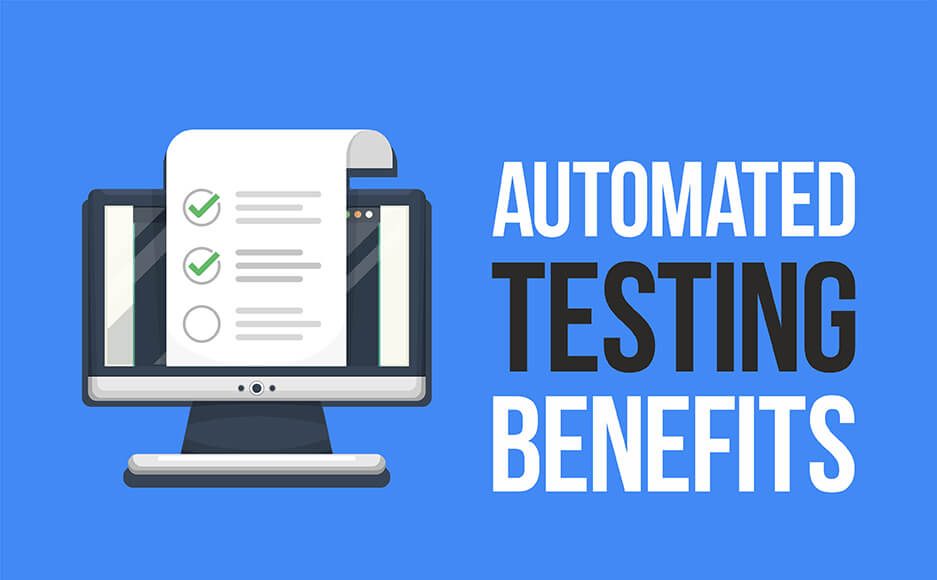Summary:
The world of software testing is witnessing progressive changes and by the inclusion of AI in test automation, the testing process is being further improvised in terms of quality and scale. it also depends upon the team’s expertise and in-depth knowledge to leverage the platform of AI in automation testing and thus optimize the entire software testing process. Incorporating AI in automation will only result in streamlined, efficient and faster testing cycles, which, in turn, leads to faster deliverables without compromising on the quality of the software product or application. In this article, you will get to know how the power of AI can be scaled up in the test automation process.
What is Artificial Intelligence (AI)?
It is a specific process with increased self-learning capabilities that can supplement human specific activities and human cognition. It does this by performing human tasks, solving human problems and understanding the environment. Smart machines are built using the technological platform of AI, so that those tasks that are carried out by human intelligence for executing tasks can be done by these machines without any requirement of human intelligence.
What is automation testing?
It is a software testing process that uses test automation tools and frameworks for carrying out the testing activities accurately and efficiently. The laborious and repetitive testing tasks is easily and effectively carried out by the automation testing platform.
Following are a few key points that depicts the tactical use of AI in automation testing:
- APIs should be tested: Conducting the test for the back end of a product or application is an important activity. Analytics can be digested by the AI platform during API testing process behind the API calls so that product behaviours can be assessed, and issues can be noticed between third-party integrations in real-time.
- The value of meaningful automated tests: The codebase might go through untraceable, small changes, which, in turn, may lead the entire test suite to run. When it comes to the AI platform, the updated code can be assessed by the AI tools and the number of test cases that needs to be run can be recommended.
Flagging areas and the current test coverage that need not be addressed are analyzed by the AI platform. Those application areas that may be at risk is emphasized by tactically using the domain of AI in automation.
- The significance of visual UI tests: Image-based tests can be run by AI testing through the strategic use of automated visual validation tools. To ensure that the application’s UI is as expected by users, the AI platform can be used to verify. Each of the UI elements from position and size to colors and shapes can be evaluated by the artificial intelligence domain.
Through the support of visual validation tools, specific discrepancies that have not been identified by human testers are identified by the Artificial Intelligence platform.
- Reliable automated tests should be created: Test cases may fail when there is even a slight change in the field name. The AI testing tools should be trained in such a manner, so that the software system can be provided with the necessary learning inputs and the relationships can be understood between the parts of a document object model.
When the team understands how the application is being changed over a period then it also means that the specific locators can be identified by AI that can be used as elements during testing. Hence, applying AI in automation is a wise move.
- AI Spidering: Tests can be automatically written using the artificial intelligence domain. Spidering is the process through which this is made possible. The application is being crawled, load times are measured, and feature data is collected through HTML downloads and screenshots.
Right from one development cycle to the next, the expected product patterns are understood by the AI platform, and deviations are identified. The identified discrepancies are validated by QA testers and the next steps are strategized.
The power of AI in automation testing can be unleashed by using the AI-based test automation tools:
- Functionize: Performance, functional, and load testing are automated by this AI testing tool. The test creation, diagnosis, and maintenance works are quickly carried out by this tool. Thousands of test cases are executed across all browsers and devices. Functional test cases are also developed by this tool using plain English requests.
- Applitools: As a monitoring and visual AI testing tool, the application visual management is scaled up using this tool. It is powered by Visual AI and hence this testing tool can be used across skill levels, so that visual elements can be assessed within your AI. Every screen can be scanned within your app and then any notable discrepancies are analysed.
- TestCraft: This AI automation testing tool is well-suited for continuous and regression testing. Automated, selenium-based test cases can be visually created by testers through a drag-and-drop dashboard and upon that there is no need for any specific coding skills that is required. Testing can be carried out across work environments and multiple browsers concurrently by the team.
Conclusion: There is not an iota of doubt that the platform of AI is proving to be profitable in the test automation field. What is required is a competent, reliable, and highly skilled team that can carry out this specific process in a structured and streamlined manner, resulting in optimal productivity.
About the author: I am a technical content writer focused on writing technology specific articles. I strive to provide well-researched information on the leading market-savvy technologies.
Do Check: Monica AI
Follow Technoroll for more!





